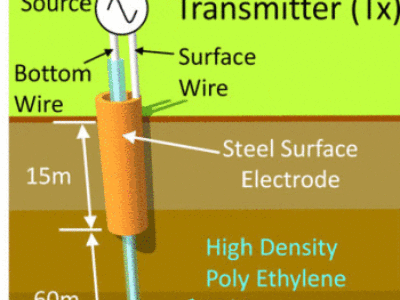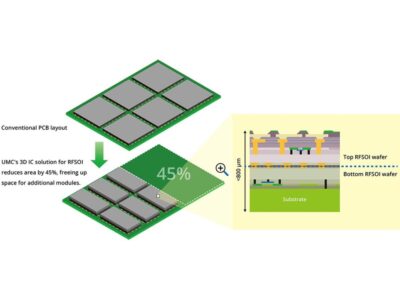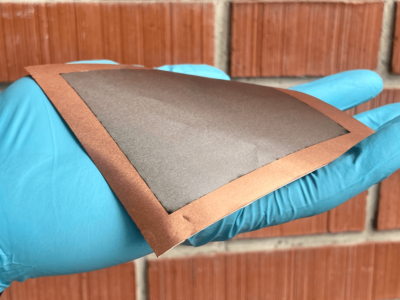
Elastomeric camouflage switches texture and colour
According to MIT Assistant Professor of Mechanical Engineering Xuanhe Zhao, who joined the MIT faculty from Duke this month and holds a joint appointment with the Department of Civil and Environmental Engineering, the new material is essentially a layer of electro-active elastomer that could be quite easily adapted to standard manufacturing processes and uses readily available materials.
This could make it a more economical dynamic camouflage material than others that are assembled from individually manufactured electronic modules.
In its initial proof-of-concept demonstrations, the material can be configured to respond with changes in both texture and fluorescence, or texture and colour.
The new synthetic material is a form of elastomer, a flexible, stretchable polymer. “It changes its fluorescence and texture together, in response to a change in voltage applied to it — essentially, changing at the flip of a switch,” says Qiming Wang, an MIT postdoc and the first author of the paper.
It has been observed that cephalopods achieve their remarkable colour changes using muscles that can alter the shapes of tiny pigment sacs within the skin — for example, contracting to change a barely visible round blob of colour into a wide, flattened shape that is clearly seen. The muscle contraction also varies skin textures.
To replicate both observations, the researchers used a physical phenomenon they discovered in 2011, that applying voltage can dynamically change surface textures of elastomers.
They combined this texture change with mechanically responsive molecules embedded in the elastomer, which cause it to fluoresce or change colour in response to voltage changes. When the voltage is released, both the elastomer and the molecules return to their relaxed state.
First applications for such a dynamically reconfigurable camouflage are most likely to be military, for troops and vehicles that often have to move from one environment to another. Using a system like this new elastomer, Zhao suggests, either on uniforms or on vehicles, could allow the camouflage patterns to constantly change in response to the surroundings.
Though, more material experimentation will be needed for the researchers to induce different patterns across the same material (for now they only obtain one type of pattern for each type of material tried).
Another important potential application according to Zhao, would be as an anti-fouling coating on the hulls of ships, where microbes and creatures such as barnacles can accumulate and significantly degrade the efficiency of the ship’s propulsion.
Earlier experiments have shown that even a brief change in the surface texture, from the smooth surface needed for fast movement to a rough, bumpy texture, can quickly remove more than 90 percent of the biological fouling.
The work was supported by the U.S. Office of Naval Research, the U.S. Army Research Laboratory and Army Research Office, and the National Science Foundation.
Related articles:
Acoustic invisibility cloak tricks sound waves and sonars
‘Thermal cloak’ to dissipate heat in electronics
MIT applies invisibility to electronics
 If you enjoyed this article, you will like the following ones: don't miss them by subscribing to :
eeNews on Google News
If you enjoyed this article, you will like the following ones: don't miss them by subscribing to :
eeNews on Google News



